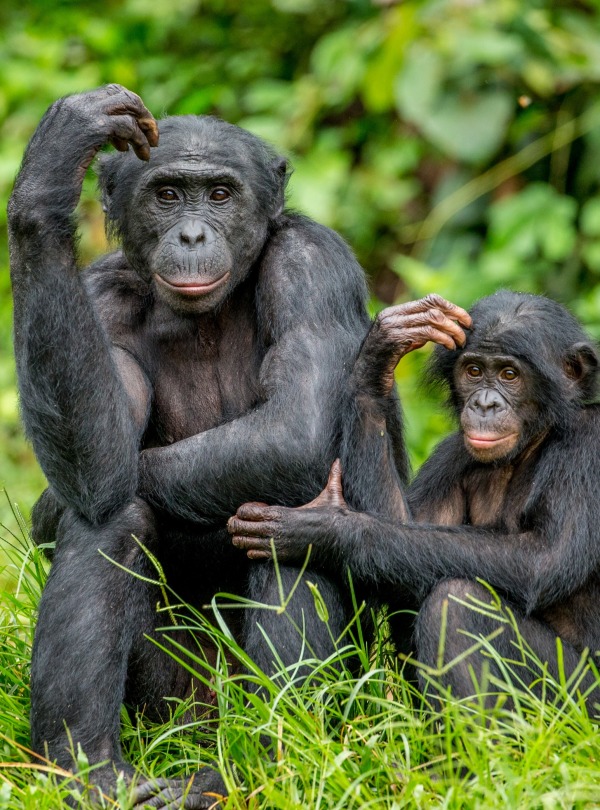Build Connectivity for Endangered Wildlife in the Congo Rainforest
DOUBLE YOUR DONATIONDOUBLE YOUR DONATIONNew roads and mining are driving deforestation rapidly towards Maiko National Park in the Democratic Republic of Congo.
-
Species at Risk
African Forest Elephant (CR), Okapi (EN), Chimpanzee (EN), Giant Ground Pangolin (EN), Grey Parrot (EN)
-
Carbon stored
76,511,519 mT *
*(metric tons of CO2 equivalents) -
Partner
Réseau pour la Conservation et la Réhabilitation des Ecosystèmes Forestiers
-
316,294 Proposed Acres Conserved by
Community Forest Concessions
-
Project Cost: $1,879,309

316,294
New roads and mining are driving deforestation rapidly towards Maiko National Park in the Democratic Republic of Congo.
-
Species at Risk
African Forest Elephant (CR), Okapi (EN), Chimpanzee (EN), Giant Ground Pangolin (EN), Grey Parrot (EN)
-
Carbon stored
76,511,519 mT *
*(metric tons of CO2 equivalents) -
Partner
Réseau pour la Conservation et la Réhabilitation des Ecosystèmes Forestiers
-
316,294 Proposed Acres Conserved by
Community Forest Concessions
-
Project Cost: £1,491,515

316,294
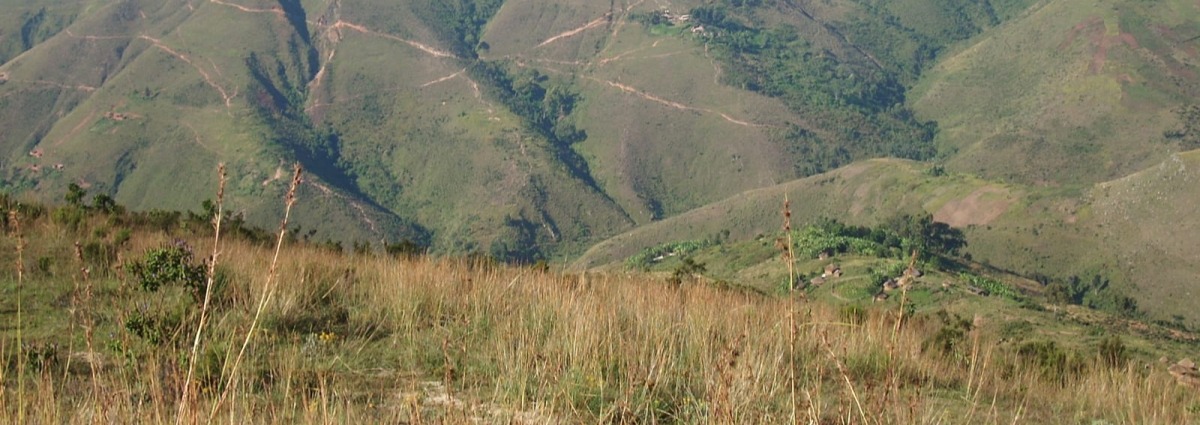
2X THE IMPACT
For the next $100,000 donated, every $1 donated will be matched by $1—giving your gift 2X the impact—thanks to SAVES and the Bezos Earth Fund.
DOUBLE YOUR DONATIONDOUBLE YOUR DONATIONAbout 60% of the Congo rainforest lies in the Democratic Republic of Congo (DRC), and it is being destroyed at an alarming rate of more than 1 million acres per year since 2016. This critical stronghold for some of Earth’s most threatened species is the last major tropical forest that continues to absorb more carbon than it emits, acting as a carbon “sink.” And yet 80% of the Congo rainforest remains unprotected.
Years of civil unrest and lawlessness in the Congo have blocked many global conservation efforts to save this irreplaceable natural resource. It is vulnerable to mining, charcoal production, slash-and-burn agriculture, and both legal and illegal resource extraction. To overcome these challenges, Rainforest Trust has been working with local partners in eastern DRC since 2014 to protect dense forests in the buffer zone around the 2.7-million-acre Maiko National Park and the 1.5-million-acre Kahuzi-Biega National Park. These forests provide vital refuge for threatened species like African Forest Elephant, Grauer’s Gorilla, Chimpanzee, Okapi, Giant Ground Pangolin, and Grey Parrot.
We are currently supporting our partner, Réseau pour la Conservation et la Réhabilitation des Ecosystèmes Forestiers, in establishing eight Community Forests totaling 316,294 acres to the north of Maiko National Park. Creating this protection in collaboration with Bambuti Indigenous communities will block a deforestation front approaching from the east as new roads are opened and mineral resources are exploited.
Header photo: African Forest Elephant, by Ondrej Prosicky
Meet the Iconic Species of the Congo Rainforest
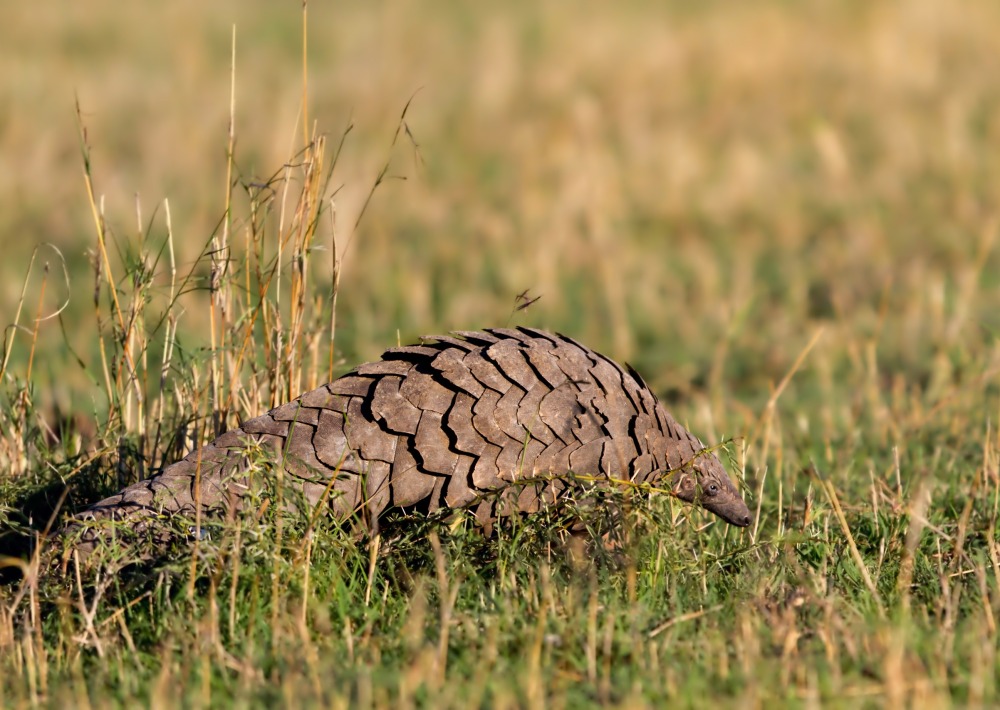
Giant Ground Pangolin, by Maggy Meyer
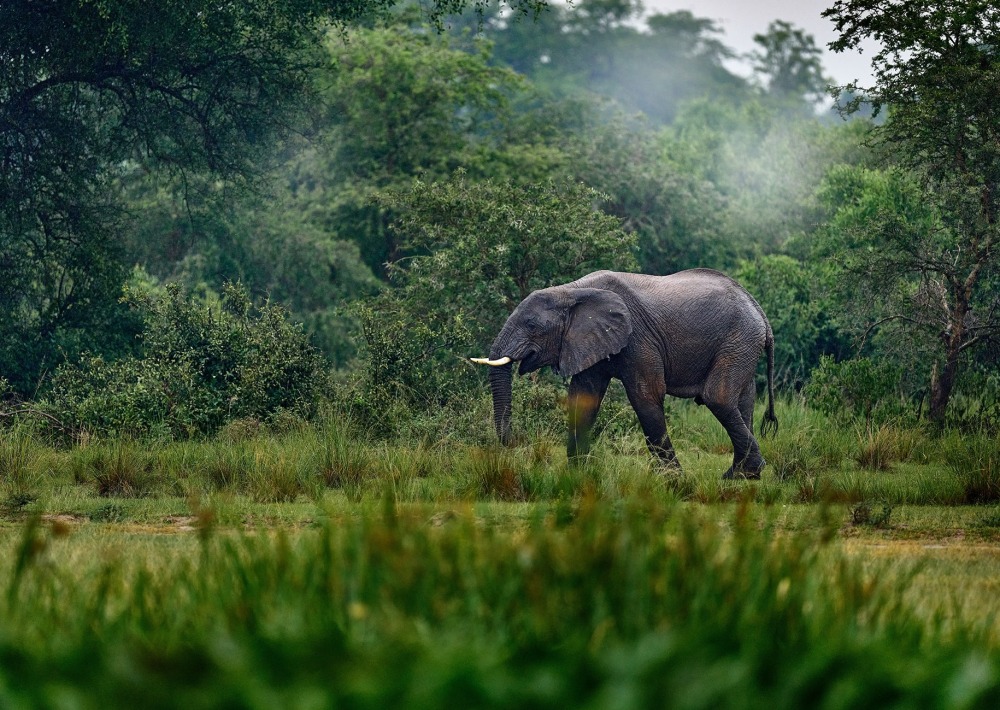
African Forest Elephant, by Ondrej Prosicky
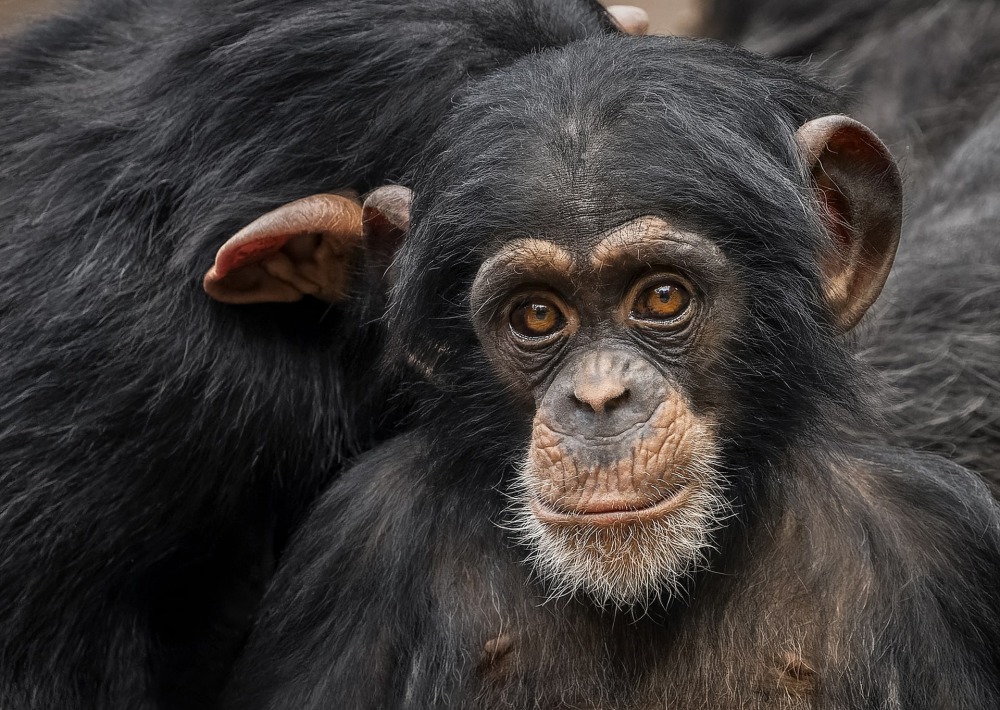
Baby Chimpanzee, by Jindrich Pavelka
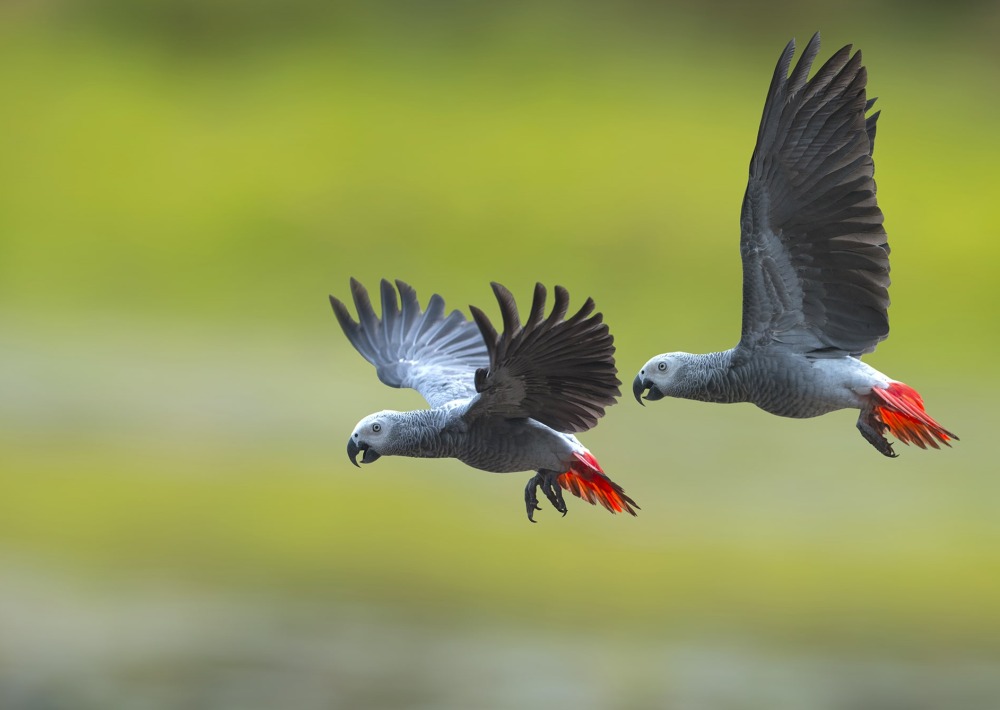
Endangered African Grey Parrots, by Superstjern
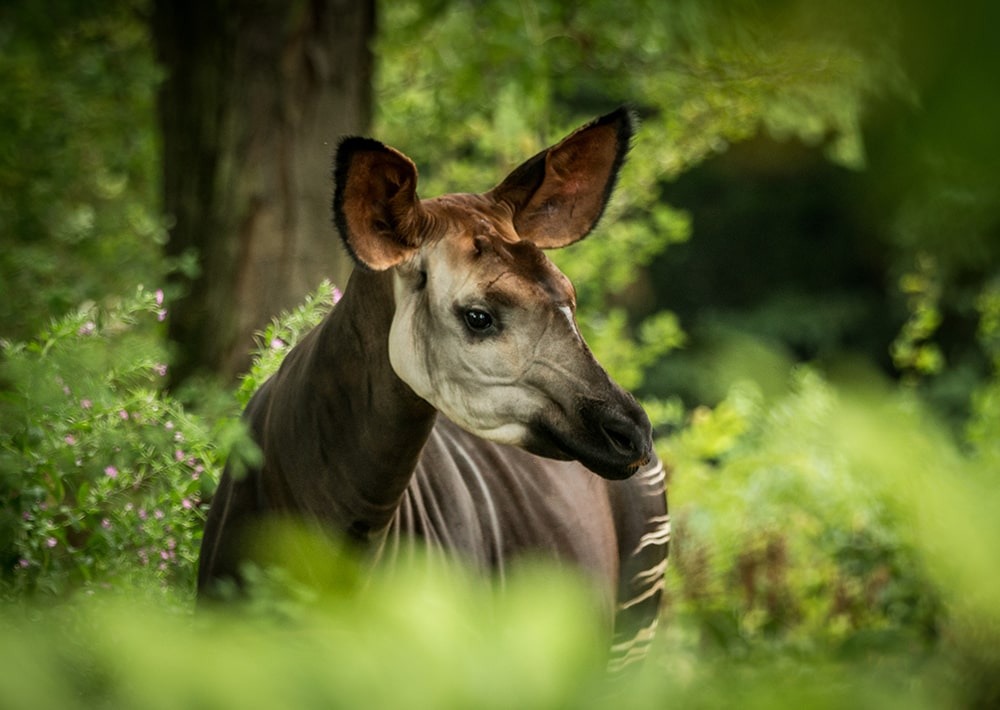
Okapi, by Jiri Hrebicek
Did you know?
acres of Congo rainforest in DRC were destroyed in 2023, an area larger than Grand Canyon National Park
Connect a Vital Rainforest Corridor for Imperiled Mammals
This project will close significant gaps in protection between Maiko National Park and the 3.4-million-acre Okapi Wildlife Reserve to the north—connectivity that is crucial for wide-ranging mammals like elephants, okapi, and chimpanzees.
Preserve the Congo Rainforest as a Carbon Vault
The amount of carbon that could be released by deforestation in the project area is equivalent to the amount that would be emitted by driving over 18 million gasoline-powered passenger vehicles for one year. Locking carbon up in the rainforests is our most impactful and cost-effective way to protect the planet from climate change.
Support Indigenous and Local Communities in Safeguarding Forest Resources
The establishment of Community Forests for Bambuti Indigenous Peoples and local communities will secure their land and property rights. It will forbid industrial activities while allowing for artisanal use of the forest for customary purposes, allowing communities to protect and sustainably manage natural resources for present and future generations.
LEARN MORE ABOUT THIS PROJECT >>
Conservation work is critical, challenging, and can be costly. We work hard to ensure we raise only the funds needed for each project. In the rare case we raise more money than needed or a project comes in under budget, excess monies will be transferred to the Conservation Action Fund. This fund supports our important conservation work throughout the tropics.
Project Modifications
Rainforest Trust conducts extensive research and due diligence on each of the projects that we support, so that once a project is offered for public support we believe it will succeed. We work closely with our project implementers, offer support, and regularly monitor their progress. Given the nature of the work, projects may not progress exactly as intended and may be unable to meet all objectives. To respond dynamically to the needs of our project implementers and the realities of the landscapes in which they operate, Rainforest Trust expressly reserves the right to modify a project as it deems necessary, provided that donor intent is honored by ensuring that that the original project objectives are diligently pursued and that project funds continue to benefit the landscape and species identified in the project overview. Project modifications that we may need to make in certain circumstances include the specific project implementer, the size of the landscape to be protected, the type of protection to be afforded to the landscape, and the development of sustainability mechanisms.
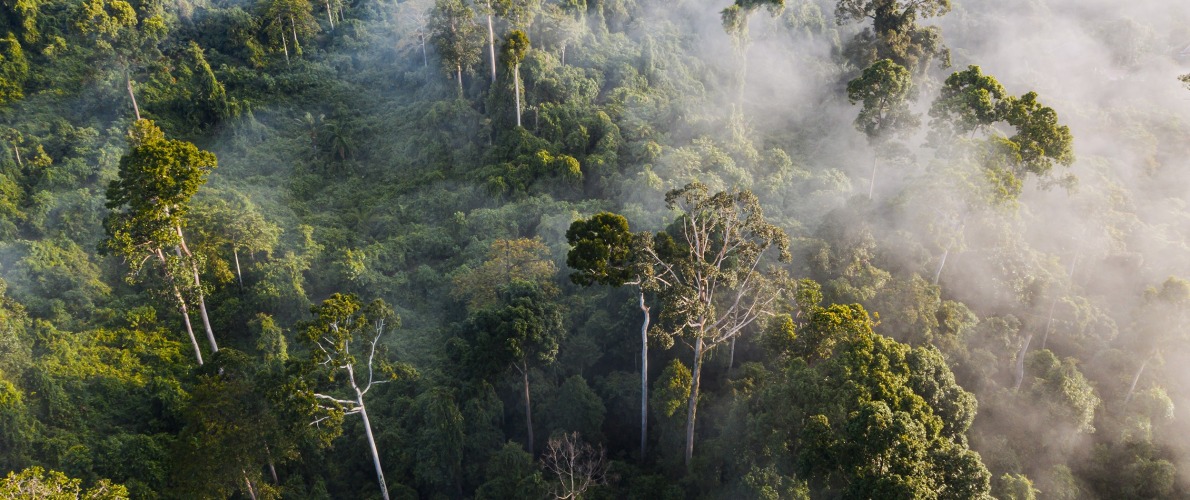
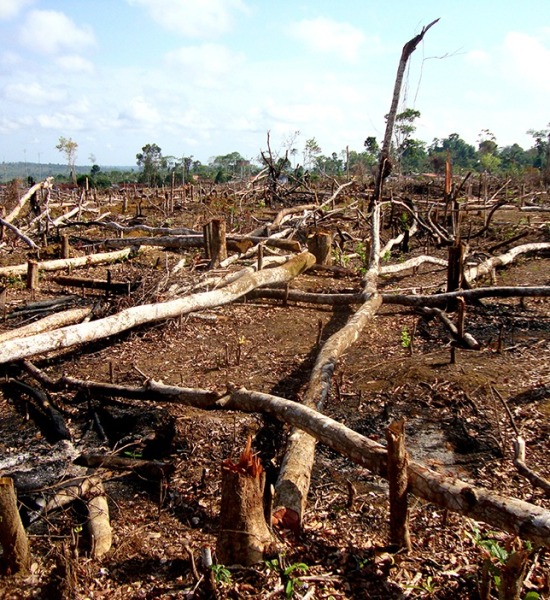
Last Chance to Save Unprotected Species in the Heart of the Congo
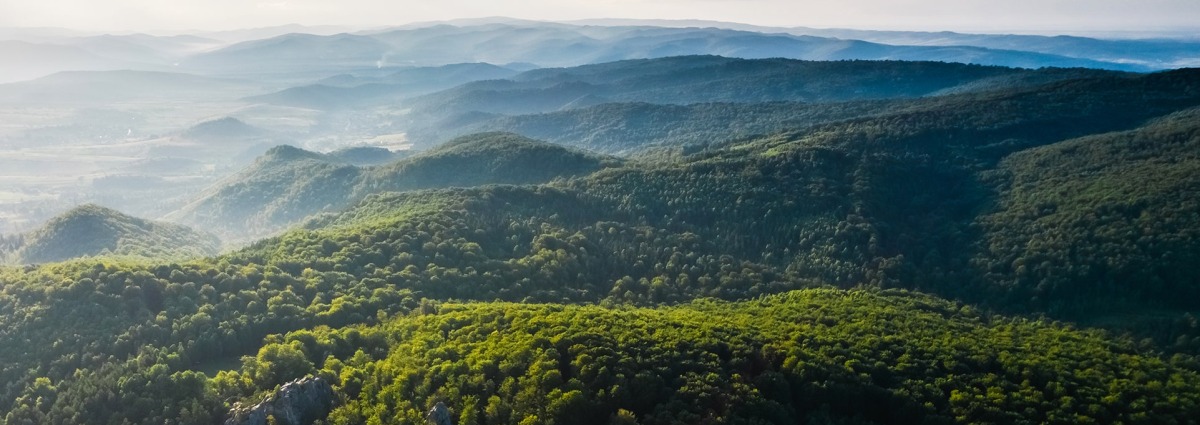
Partnering to Save Rainforest
Our partners’ ability to work with their governments and build strong connections with local communities ensures the successful implementation of our projects.
Learn More About This PartnerLearn More About This Partner
